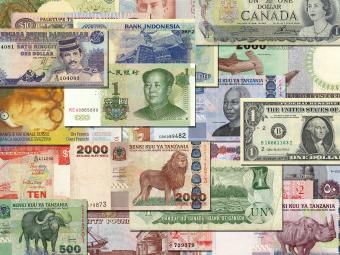Remittances
Remittances
Recent Activity
Recent Activity
Audio
September 24, 2015
This discussion, at the Bangkok launch of an MPI-International Organization for Migration issue brief, explores the social and health impacts of international labor migration on the children who remain at home when one or both their parents emigrate.













